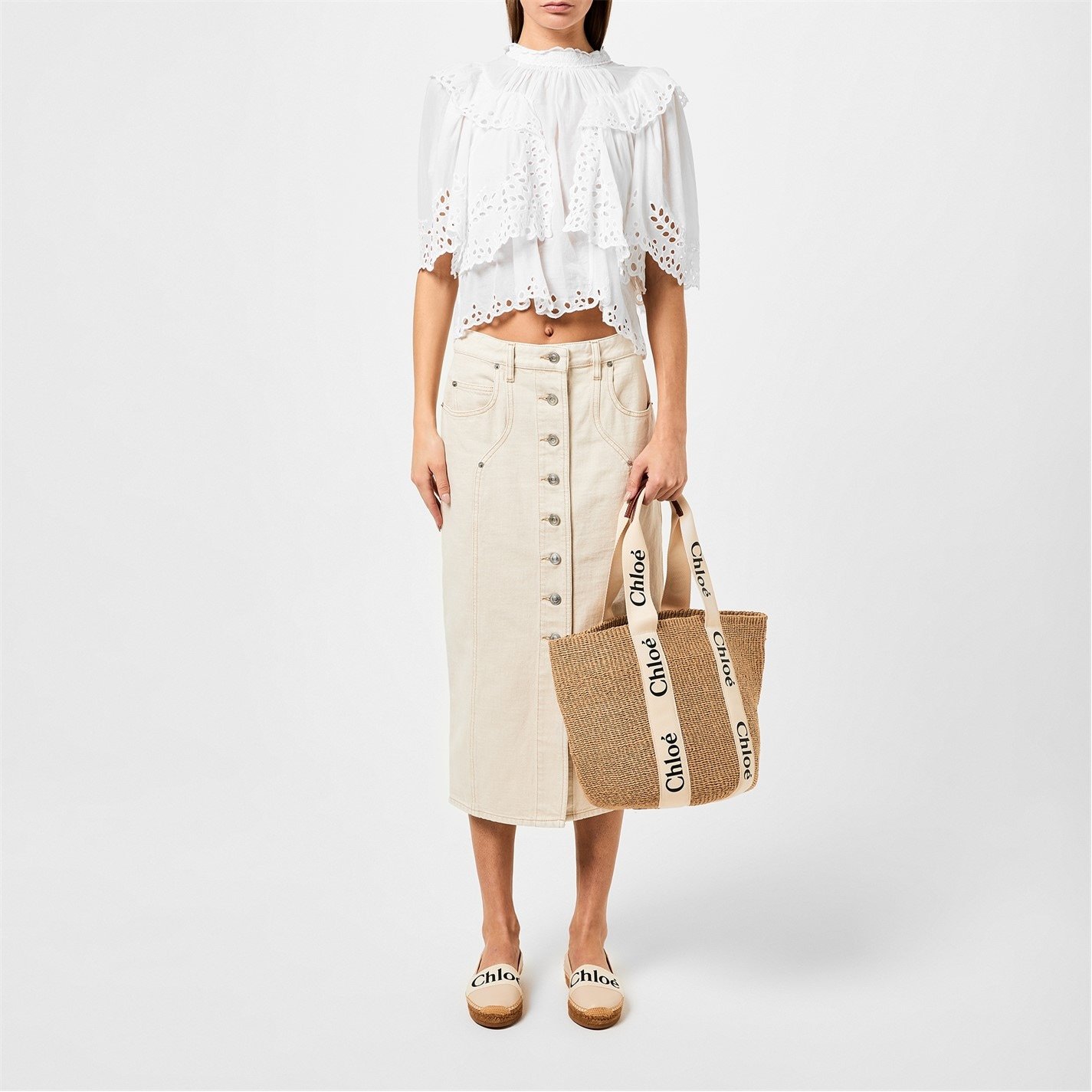
Classification of Replica Handbags|Why Are Replicas Accepted?”
- By Marsa GX
- 0 Comments
- Posted on
Introduction
Replica handbags have become a thriving part of the fashion industry. Despite the stigma surrounding counterfeits, replicas are becoming more accepted due to their craftsmanship, affordability, and the evolving perceptions of luxury. This article explores the classification of replica handbags, the factors that drive consumer demand, and why replicas are increasingly considered a viable alternative to high-end originals.
1. What Defines a Replica Handbag?
- Definition and Distinction: Replicas are imitations of designer handbags that aim to mirror the design, branding, and often the materials of the original, without being licensed by the brand.
- Replica vs. Counterfeit: Counterfeits usually violate intellectual property laws by copying logos and brand names. Replicas, on the other hand, may not always violate trademarks but mimic the overall aesthetic.
2. Classification of Replica Handbags by Quality
Replica handbags are categorized into different levels based on craftsmanship and materials. Here’s a breakdown:
-
1:1 Mirror Replicas:
- Description: These are the highest quality replicas, almost indistinguishable from the original, made with high-end materials and fine detailing. Craftsmanship often includes hand-stitched leather, genuine zippers, and logos that mimic the original brand’s style.
- Target Audience: Those who want the luxury feel without the hefty price tag.
-
AAA Quality Replicas:
- Description: These bags are slightly inferior to 1:1 replicas but still made with attention to detail. Materials may differ slightly, but the design is close to authentic. Often, they’ll use synthetic leather or lower-cost materials to cut costs.
- Target Audience: People looking for well-crafted alternatives at a more affordable price.
-
A-Grade Replicas:
- Description: These handbags are decent but have noticeable differences in material quality and design details. They may have more visible flaws, such as stitching errors, uneven logos, or low-quality hardware.
- Target Audience: Budget-conscious consumers willing to compromise on authenticity and detail for affordability.
-
B-Grade Replicas:
- Description: These are lower-quality copies, often mass-produced with less attention to detail. The materials are of lower quality, and branding elements are more obviously incorrect.
- Target Audience: Primarily for customers who want the “look” without concern for durability or close resemblance to the original.
3. Craftsmanship and Materials in Replica Handbags
The craftsmanship of replicas, especially higher-end ones, has improved drastically over the years.
-
Materials:
- Genuine Leather vs. Synthetic Materials: Higher-end replicas use genuine leather, similar to the original bags. Lower-grade replicas use synthetic alternatives like PU leather, which may not offer the same longevity.
- Hardware: Metal details such as zippers, buckles, and clasps in higher-grade replicas often replicate the original, while lower-grade versions may use plastic or lower-quality metals.
-
Craftsmanship:
- Hand-Stitching: Some 1:1 replicas boast hand-stitched detailing, replicating the craftsmanship of luxury brands like Louis Vuitton or Chanel.
- Attention to Detail: Higher-quality replicas often match the original in logo placement, interior lining, and even branding on the inside of the bag.
4. Why Are Replicas Becoming More Accepted?
Several factors contribute to the growing acceptance of replica handbags:
-
Affordability: The most obvious reason is price. High-end designer bags can cost thousands of dollars, making them unattainable for many consumers. Replicas offer the same aesthetic at a fraction of the cost.
-
Perception Shift: The stigma around buying replicas has lessened as the quality has improved. Consumers increasingly view replicas as a smart alternative rather than a “cheap knockoff,” especially when craftsmanship is nearly identical to the original.
-
Fast Fashion Influence: With fast fashion trends constantly changing, many consumers are unwilling to invest heavily in a handbag they may only use for a short time. Replicas provide a way to stay on-trend without the long-term commitment or financial burden.
-
Social Media and Influencers: Platforms like Instagram have democratized fashion. Many influencers and everyday users showcase replica bags, further normalizing their use and reducing the negative connotation of not buying authentic products.
5. Consumer Demand for Replica Handbags
The demand for replica handbags is driven by a range of consumer needs:
-
Desire for Luxury: Many consumers crave the look of luxury but cannot afford it. Replicas allow them to experience high-end fashion without breaking the bank.
-
Ethical Concerns: Some buyers prefer replicas because of concerns over the ethics of luxury brands. They may question the labor practices or environmental impact of the high-end fashion industry.
-
Exclusivity: Some replica buyers are drawn to bags that resemble limited-edition designs they couldn’t otherwise obtain, either due to price or limited availability.
-
Fashion Experimentation: Fashion-forward individuals often experiment with new styles and trends. Buying a replica allows for more flexibility in trying out different looks without a significant financial investment.
6. The Future of Replica Handbags
As demand grows, replica handbags are likely to continue improving in quality and craftsmanship. Technology, such as 3D printing, could enhance precision in reproducing intricate designs, while consumer demand for more sustainable materials may push replica manufacturers toward eco-friendly options.
However, increased scrutiny from luxury brands and the development of stricter regulations around intellectual property may also shape the future landscape of the replica industry. Despite these challenges, it’s clear that replicas will remain a significant part of the fashion ecosystem, driven by affordability, craftsmanship, and evolving consumer perceptions.
Conclusion
Replica handbags have shifted from being regarded as mere “knockoffs” to high-quality alternatives that offer affordability and craftsmanship. As societal perceptions of luxury and authenticity continue to evolve, replicas are becoming an accepted choice for many consumers who seek style without the steep cost. By understanding the various classifications and the factors that drive demand, it’s clear that replica handbags will remain a prominent and growing force in the fashion industry.



